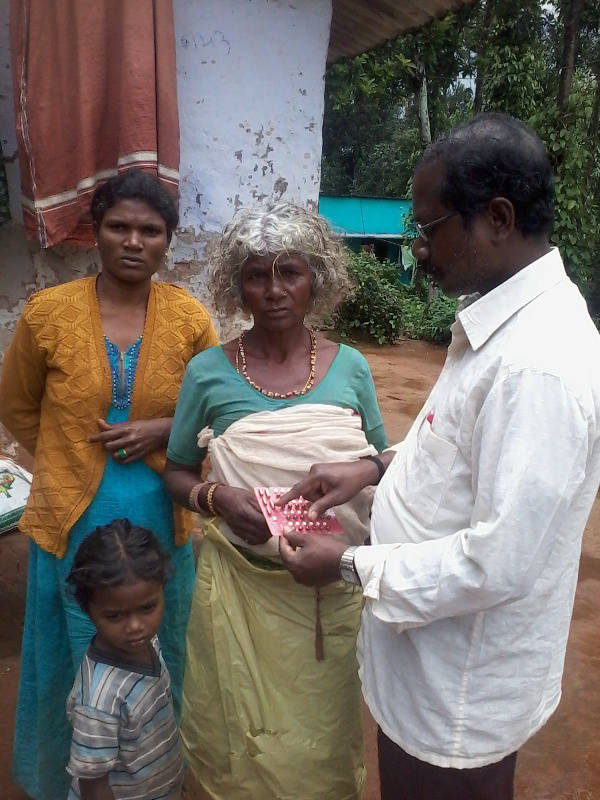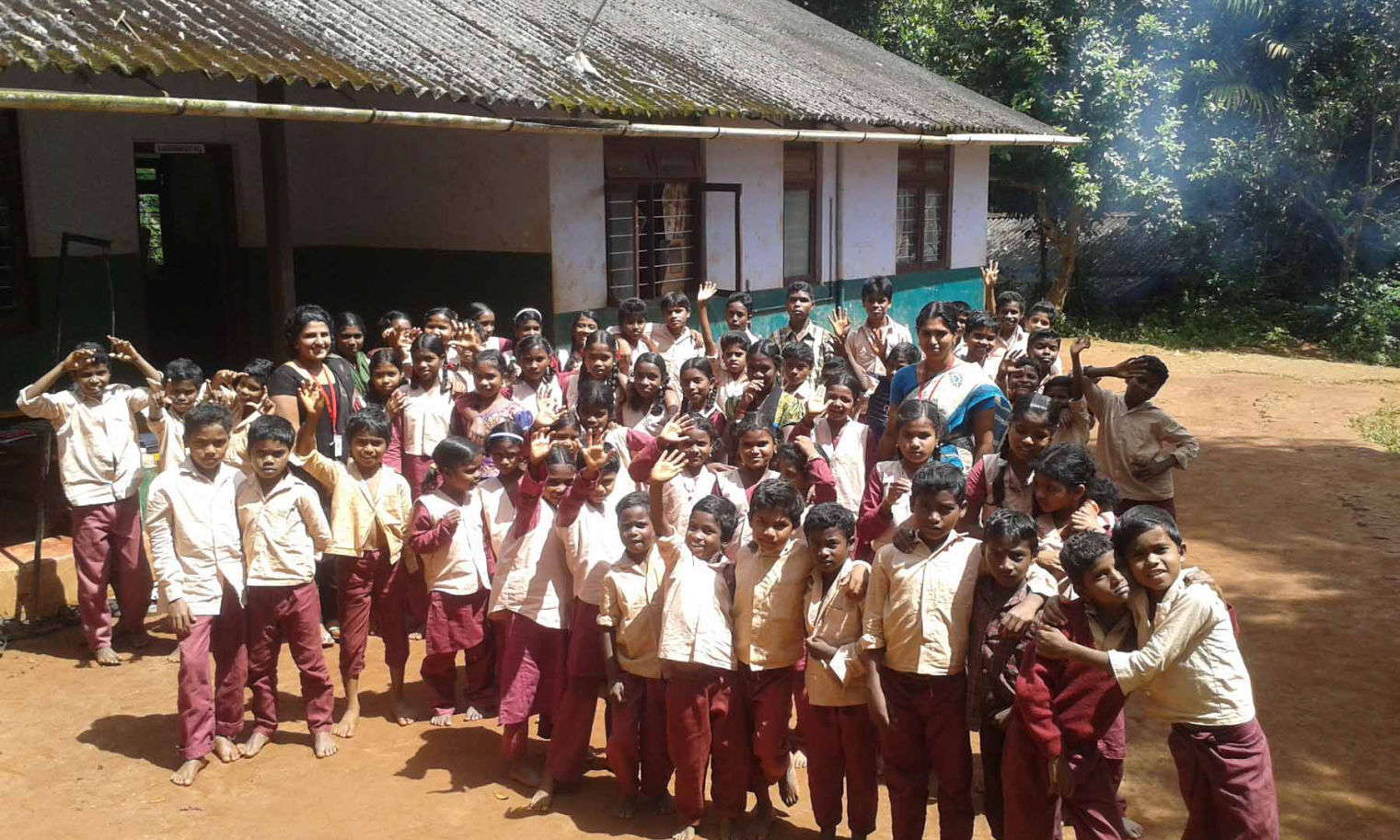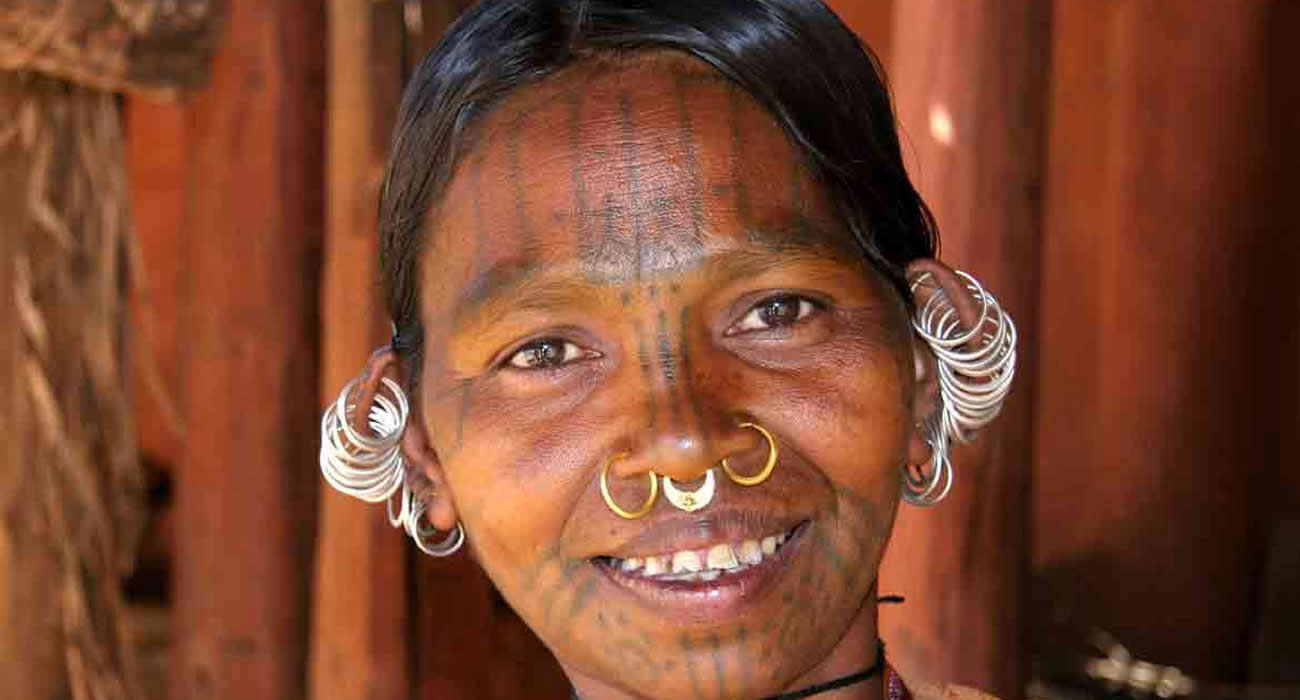The Journey

In 1966, John Anthony Wilson first visited India, having studied nursing and psychiatry in the Americas. 12 years later, he fronted the journey of the NWTWS.
READ MORE

Amidst the Nilgiri-Wayanad Plateau along the middle-ranges of the Western Ghats, on the eastern edge of the Nilgiris District within the Nilgiri Biosphere Reserve, is located Ambalamoola. This is a village located within the Nellakota Panchayat of Pandulur Taluk, and lies close to the border between Kerala and Tamil Nadu. The Kattunaicka, Paniya, Betta Kurumba and Mullu Kurumba who reside here are classified as ‘Particularly Vulnerable Tribal Groups’. In the late 1970s an English nurse who chanced upon the area during his work in a region nearby, was appalled by the abject poverty, and extreme deprivation faced by the adivasi communities here, often due to the absence of basic healthcare facilities to treat simple ailments such as scabies, anaemia, chest infection, and dysentery.
Determined that it was possible to provide a better standard of healthcare in a manner suited to the needs and priorities of adivasis, John Wilson, along with a local committee, formed the Nilgiris-Wynaad Tribal Welfare Society (“NWTWS” or “the Society”) in 1979. NWTWS envisioned working with adivasis in the Gudalur and Pandalur Taluks of the Nilgiris, as well as the adjoining Wayanad District of Kerala.

In 1966, John Anthony Wilson first visited India, having studied nursing and psychiatry in the Americas. 12 years later, he fronted the journey of the NWTWS.
READ MORE

We have forever been backed by a family of indigenous, contemporary and international individuals and communities and stakeholders that have helped us consistently achieve our work in the Nilgiris.
READ MORE

What drives our work in the Nilgiris and our commitment to help the beautiful people of this region.
READ MORE